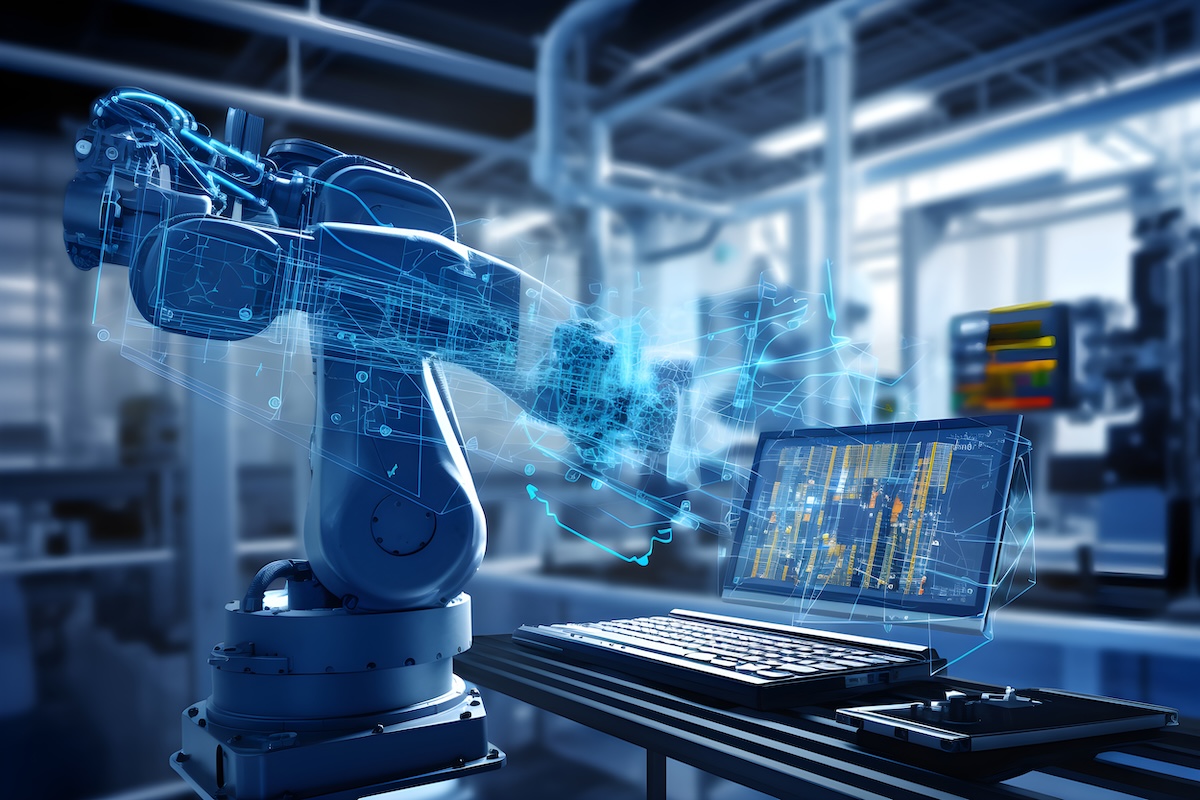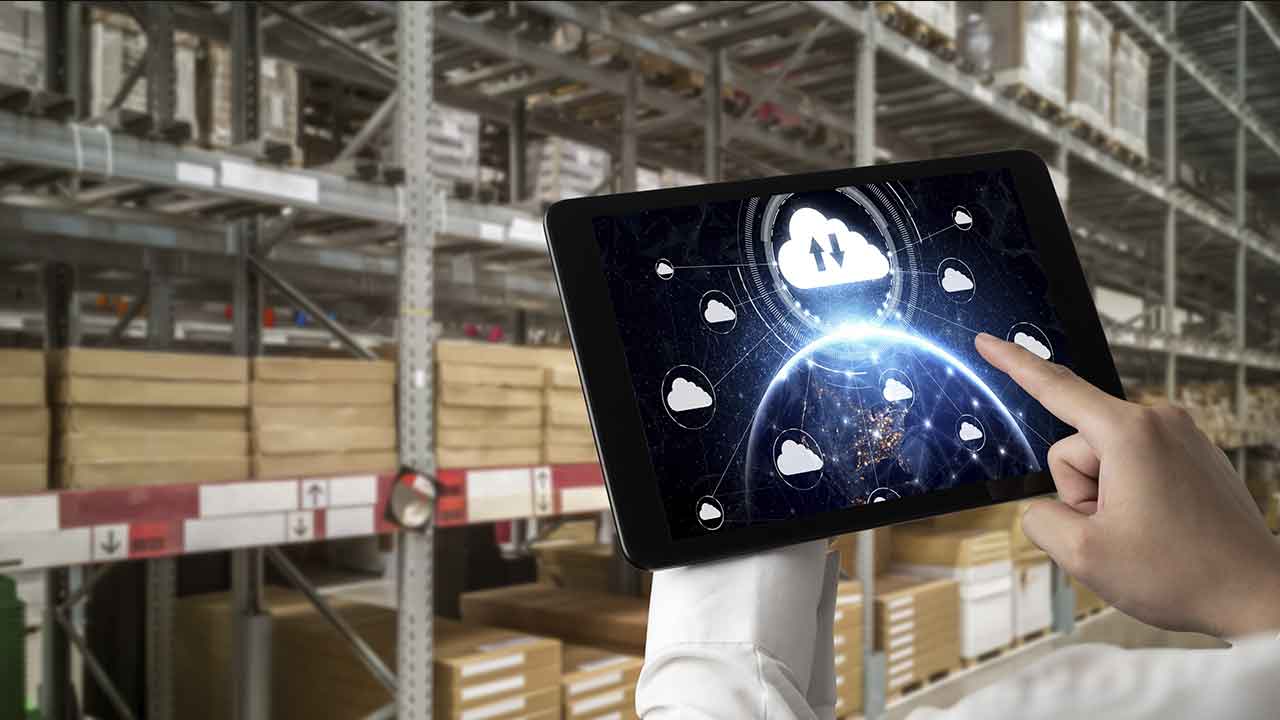Data Integration: The Cornerstone of IIoT and AI in Industry
Data integration is a critical component for realizing the full potential of the Industrial Internet of Things (IIoT) and Artificial Intelligence (AI) in industrial settings. By enabling the aggregation and analysis of data from various sources, data integration leads to more efficient processes, better decision-making, and a deeper understanding of operations. Here’s why data integration is crucial and how IIoT is transforming the roles of traditional industrial devices.
Overcoming Challenges of Legacy Systems
Many industrial environments rely on legacy assets with proprietary protocols and equipment from various manufacturers, making data access and connectivity challenging. Data integration helps overcome these challenges by establishing common communication technologies and protocols. This convergence of operational technology (OT) and information technology (IT) is key to unlocking the potential of IIoT and AI. With data integration, industries can:
- Establish seamless communication between diverse systems.
- Enhance connectivity across different platforms and devices.
- Collect comprehensive data from all operational areas.
Essential for Scaling Solutions
Scaling IIoT solutions successfully requires data to be accessible and usable across an entire organization. This involves standardizing data so that it can be easily understood and utilized by team members at all levels, from engineers to operators. Data integration is essential for:
- Creating a unified data framework that supports organizational growth.
- Ensuring consistency and reliability of data across different systems.
- Promoting collaboration by providing a common data source.
Key for AI’s Effectiveness
AI and machine learning algorithms heavily rely on vast, high-quality datasets to generate accurate and valuable insights. Data integration plays a vital role in ensuring data quality, consistency, and accessibility, enabling AI models to function effectively. This includes:
- Aggregating large datasets from multiple sources.
- Maintaining data integrity through standardized formats and protocols.
- Ensuring timely availability of data for real-time analysis.
Changing Roles of Traditional Industrial Devices
The role of traditional industrial devices is evolving with the advent of IIoT. Beyond their primary functions, these devices are now expected to provide data and connect to wider business ecosystems. This shift is driven by the need for flexibility and agility in manufacturing due to factors such as changing consumer demand and supply chain disruptions. Here’s how IIoT is changing the roles of these devices:
Providing Data and Insights
Modern industrial devices are designed to:
- Collect and transmit data about their operations.
- Integrate into centralized data systems for comprehensive analysis.
- Offer insights into production processes, supply chains, and consumer behavior.
Manufacturers, for instance, need to adjust production quickly to meet customized orders and manage inventory effectively in response to disruptions. Accessing data from devices allows manufacturers to:
- Optimize production schedules and workflows.
- Reduce downtime through predictive maintenance.
- Improve product quality and customer satisfaction.
Data integration is not merely a technical consideration but a strategic imperative for organizations aiming to harness the full potential of IIoT and AI. It forms the foundation for data-driven decision-making, process optimization, and innovation in the industrial sector. By overcoming the challenges of legacy systems, facilitating the scaling of IIoT solutions, and enhancing the effectiveness of AI, data integration paves the way for a more connected, efficient, and intelligent industrial landscape.
Source: “Unlocking the Potential: Exploring the Most Valuable IIOT Devices You Already Use” session sponsored by Omron at the IIoT World Manufacturing Days. This is an excerpt from the discussion summarized by notebooklm anc chatGPT based on the session’s video transcript. It was verified and edited by IIoT World’s team. For more insights, watch the session on-demand.



